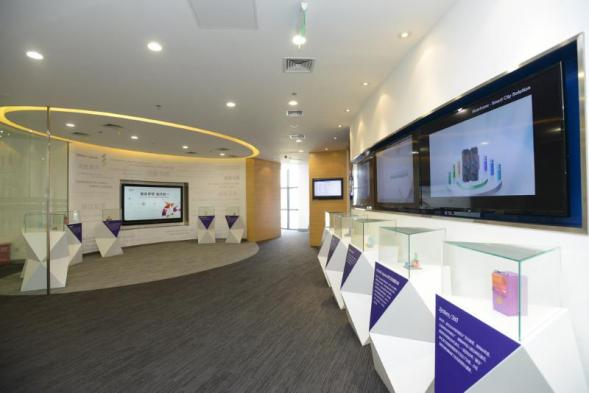IBM Opens New Linux Cloud Center in China
Endicott, NY – IBM has opened the world’s first dedicated System z Linux and Cloud Center of Competency in Beijing, designed to help customers take advantage of Linux and cloud computing solutions on the mainframe, and help accelerate adoption of Linux on System z technologies in China.
IBM is investing heavily in open source development for System z to capture new growth opportunities in China and other markets.
The IBM System z Linux & Cloud Center of Competency in Beijing – a centralized location for briefings, technical training, testing and technical support services – is equipped with the latest hardware, software and services to enable clients, business partners, and ISVs to take advantage of advancements in cloud, analytics and mobile applications.
Linux server demand is reportedly rising due to demand from cloud infrastructure deployments, according to IDC, and is expected to continue to grow in the future.
In the first quarter of 2014, Linux server revenue accounted for 30 percent of overall server revenue, an increase of 15.4 percent.
IBM has supported development of Linux on System z for more than a decade, and today there are over 3,000 certified applications for Linux on System z.
In addition, IBM is supporting the development of skills to take advantage of these applications through the IBM Academic Initiative.
The IBM Academic Initiative helps to provide schools with the education resources they need to introduce and develop enterprise-computing skills to students to help them gain exposure to job opportunities and careers.
The program helps to facilitate student learning in high demand IT skills and links employers to available students and professional talent.
For more than seven years, IBM has worked with students, professors, businesses and universities to provide mainframe training and curriculum resources to more than 180,000 students at over 1,000 schools in 70 countries – including eleven universities in China.
“Market adoption of Linux on System z has been tremendous with 80 of the top 100 System customers running Linux on the mainframe and more than 50 percent of all new mainframe accounts since 2010 running Linux,” the company said.
06/03/2014





Leave a Reply